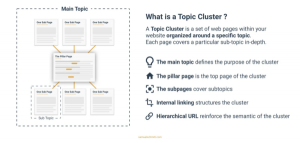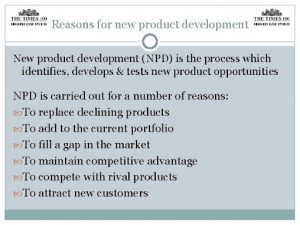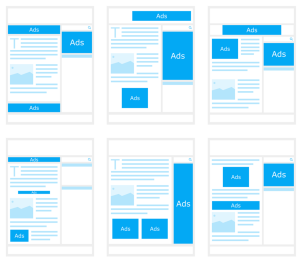
Can the advertising industry take on some of the hard-earned lessons from the manufacturing industry, and apply them to their own operations?
Over the last few decades, manufacturers in countries like the US, Australia and Japan faced stiff competition from developing countries. Those who survived did so by adopting new technologies and management methods that drastically improved their performance – and the same strategies could help advertising agencies be more competitive.
Accelerate changeover to improve flexibility
During the 1950s and 60s, the high land prices in Japan meant Toyota couldn’t just mass produce batches of similar cars, because it did not have the space or money to store them.
Instead, it took up a method called Production Leveling, where workers assembled a mix of different models in every batch, in very short runs. This allowed Toyota to produce and sell its cars according to real market demand. They no longer had to worry about maintaining an inventory of stock.
But to change the manufacturing process from producing one type of car to another type of car, Toyota’s engineers needed to swap out the tools and the heavy dies used to stamp out the car vehicle bodies. Because of the precision needed, every changeover resulted in a down time of between 12 hours to 3 days – not very flexible at all!
Toyota’s engineers looked at the problem, and over time slashed changeover times to 10 minutes. They did this by installing measurement devices so workers precisely align the die during installation. They also rearranged the work environment so all the tools needed for a changeover would be nearby.
Advertising production departments, too, face a wide variety of work, from a range of different clients, from TV commercials, to web videos and longer form content, to short Vine videos. Agencies and studios can build flexibility into production and post-production by:
- Constantly training editors and staff to encourage proficiency across many different types of tasks and genres, and can switch smoothly between them
- Developing processes for each type of material being produced, so that they share common tools, materials, setup procedures, skills and workflows. This makes switching between tasks much less disruptive.
- Automating repetitive parts of the process by using macros, actions and presets to help speed up the workflow
Standardized Work
Standardized Work is a way of working according to fixed processes to achieve prescribed, predictable outcomes. It allows operators and editors to achieve mastery in processes through practice, and is mostly applied to repetitive work that cannot be automated.
To create Standardized Work methods, a consultant or manager collaborates with a process expert, usually a senior editor, to hash out the steps involved in the editing and export of, for example, a 30 second long TV commercial.
The activity is then timed, so as to create a metric that allows predictions on how much work can be done within a given amount of time.
When a new editor joins the department, they are first taught the correct process steps, and then through practice and experience, work towards mastering the process by reducing the amount of time needed to carry out each step.
The instant feedback provided by timing each step allows staff members to chart their own progress towards mastery, and concentrate on improving weaker areas.
Continuous Improvement
Continuous Improvement is a process where operators and staff review their own work procedures and working environments in order to identify issues that are slowing them down or reducing the quality of their work.
This allows them to streamline their processes by relocating equipment or redesigning aspects of their work.
The consultant or manager works with staff to identify, evaluate and analyse their work process. This process encourages staff to cast a fresh and critical eye on how they work.
- Why are things done in a certain way?
- Are there ways to do this better?
- Are there hidden frustrations and bottlenecks that slow down the work, and what can we do about them?
- A Continuous Improvement drive may also introduce ways of measuring parts of the workflow, so editors and operators can see the results of their improvements, in addition to experiencing the benefit of work made easier and faster.
Micromanage the process (not the people)
It’s important to note that these techniques and methods are not about micromanaging people. Rather, it’s micromanagement of the process, encouraging editors and staff to be curious, to ask the “how” and the “why” behind their work, and try to understand every aspect of their work. Any changes are done to benefit the person actually doing the work.
Additionally, many of these “production level” improvements should only be implemented as part of a wider transformation in how agencies and studios are managed. Learn more about why this change is needed, and how to go about doing so, by downloading our newly launched (and FREE!) eBook “Lean for Advertising Agencies and Production Houses.”
(271)










